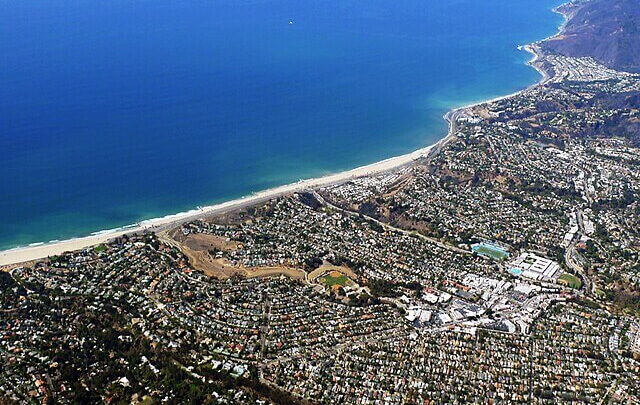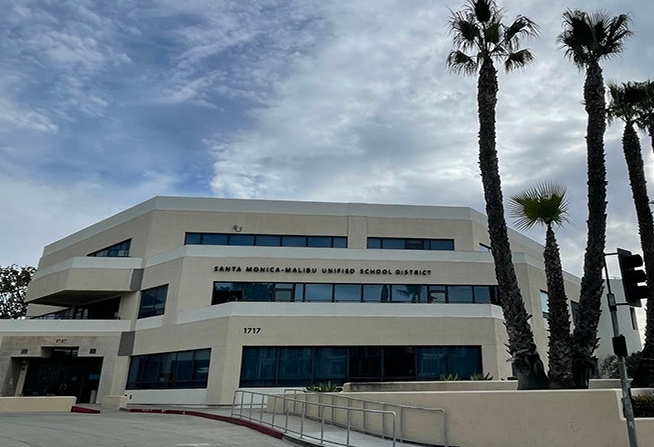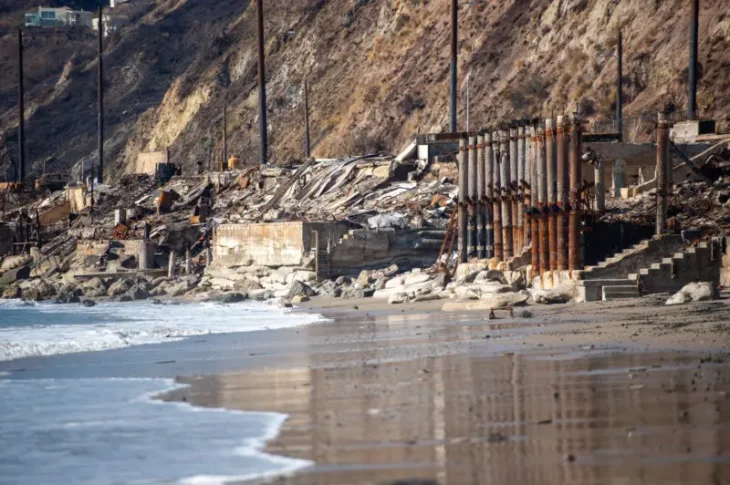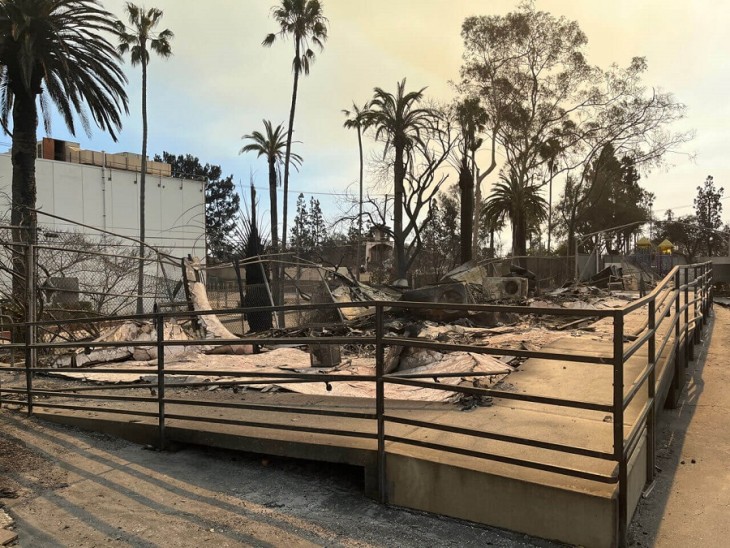Santa Monica is one of the most desirable places in the world to live. The beautiful beach, world-famous Pier, fabulous restaurants and spectacular sunsets – it all combines to make this area unique and special.
Unfortunately, though, finding a place to live at a reasonable and affordable rate can be difficult to say the least. It’s an ongoing issue in Santa Monica, and one that was discussed again during the city council meeting on Tuesday night.
Andy Agle, the Director of Housing and Economic Development for Santa Monica, was at the council meeting and gave a comprehensive overview of the city’s affordable housing strategy. Agle emphasized once again that families and individuals “are having trouble affording the market rate in Santa Monica these days.”
He looked at several components to the city’s affordable housing strategy, including acquisition of existing housing, construction of housing for people with special needs, rental assistance programs such as vouchers, and other issues.
In May of 2015 a city Action Plan was adopted that included providing affordable housing through production, repair, home modifications and financial assistance; assistance for the homeless; community and public services for youth, elderly, and persons with disabilities; and economic development and anti-poverty programs.
“There’s a group of people that are severely rent burdened,” Agle said at Tuesday’s council meeting. “They can’t afford Santa Monica rents and it’s causing them to make choices about other things.”
Agle said that Santa Monica is losing between 400-550 rent-controlled apartments each year.
“That’s a huge number,” he said. “That’s the number of apartments that have gone to the market.”
In 2012, 71 percent of Santa Monica employees qualified as low-to-moderate income. Many local residents make less than $25,000 per year and need help with housing.
“There’s a lot of people living pretty close to what’s considered the poverty level,” Agle noted.
Renting still seems to be the way to go for many people. The 2012 Santa Monica report showed that of the 50,000 total housing units in local area, 72 percent were rented and 28 percent owned.
“A critical component is having affordable housing that’s available to a variety of families,” Agle said.
Agle noted that in 1998 the Affordable Housing Production Program (AHPP) was adopted by city council, establishing that at least 30 percent of all newly-constructed multi-family housing in the city annually must be affordable to low- and moderate-income households for at least 55 years.
The AHPP has been periodically amended, as necessary, and requires developers to contribute to affordable housing goals, designate land for affordable housing development, or paying the affordable housing unit base fee. The fee is updated annually based upon changes in land and construction costs.
At Tuesday’s council meeting Agle looked at future strategies to affordable housing.
“What are we trying to address, what are our goals? Is there a mismatch between the incomes of existing Santa Monica residents and the number of homes that are available at low and moderate income rents?”
Affordable Housing Developments in Santa Monica are created through investments of federal, state, and local affordable housing funds The city also receives funds from the United States Department of Housing and Urban Development (HUD).
“City-financed housing is severely hampered right now and even our voucher programs are struggling,” Agle said.
The “mission statement” for the Santa Monica Housing and Economic Development reads:
“The Housing Division is dedicated to preserving existing affordable housing in Santa Monica and creating new housing opportunities for residents with low and moderate incomes. The Housing Division works with private affordable housing developers and multi-family property owners to ensure that economic diversity, a hallmark of Santa Monica, continues to flourish and that longtime residents can remain in their households.”


























